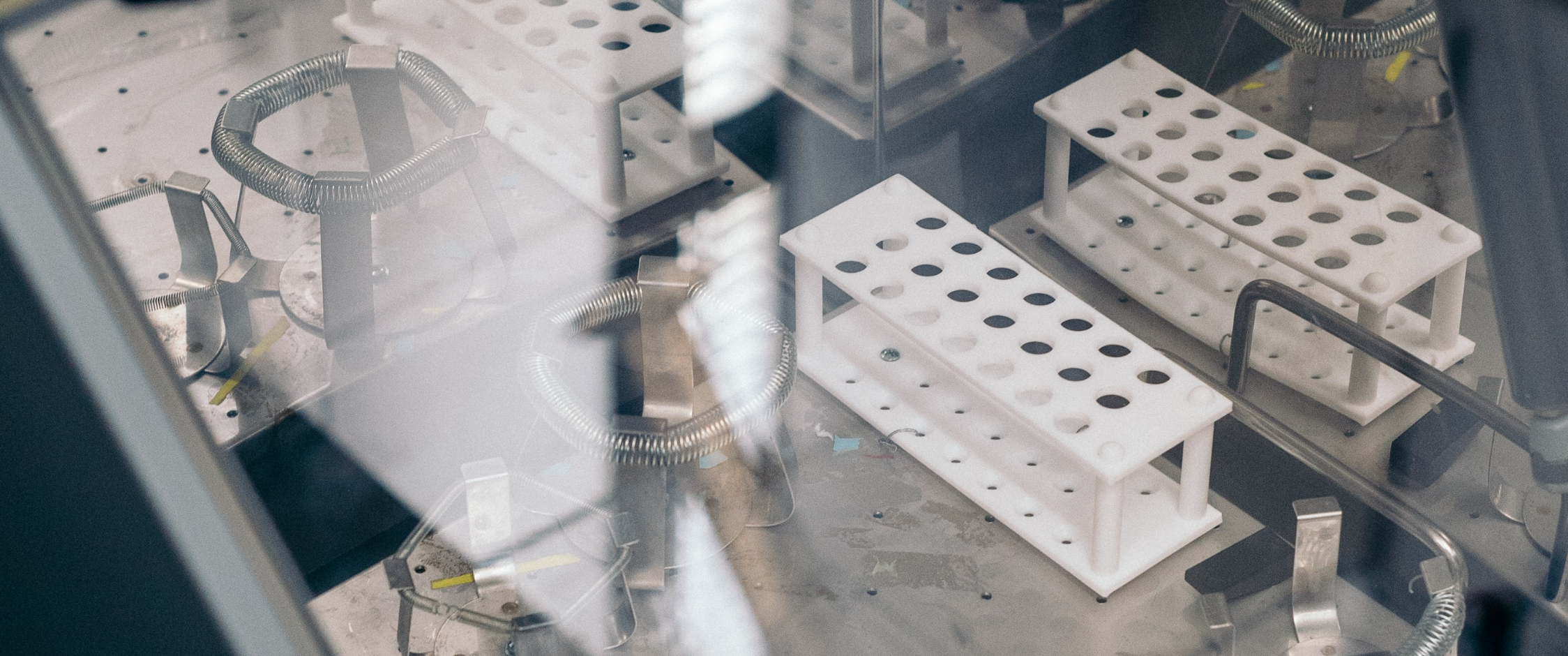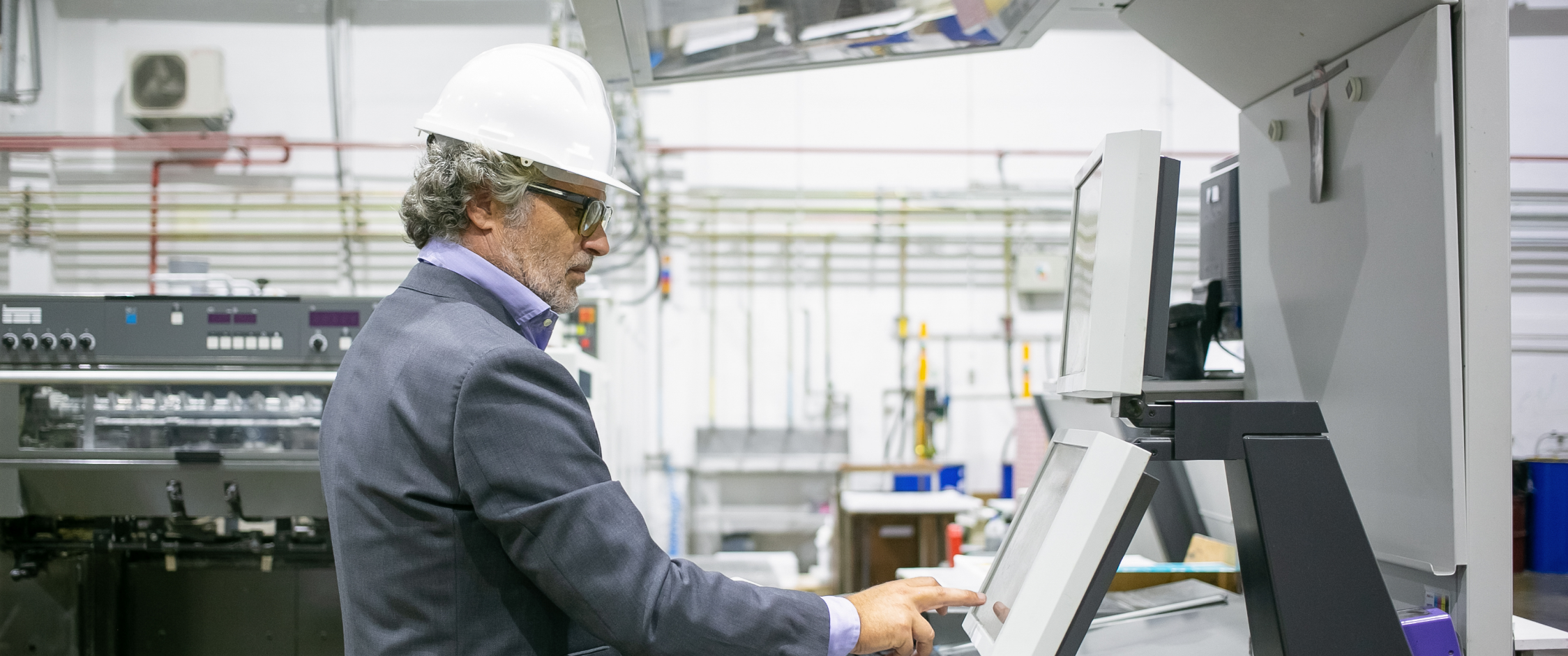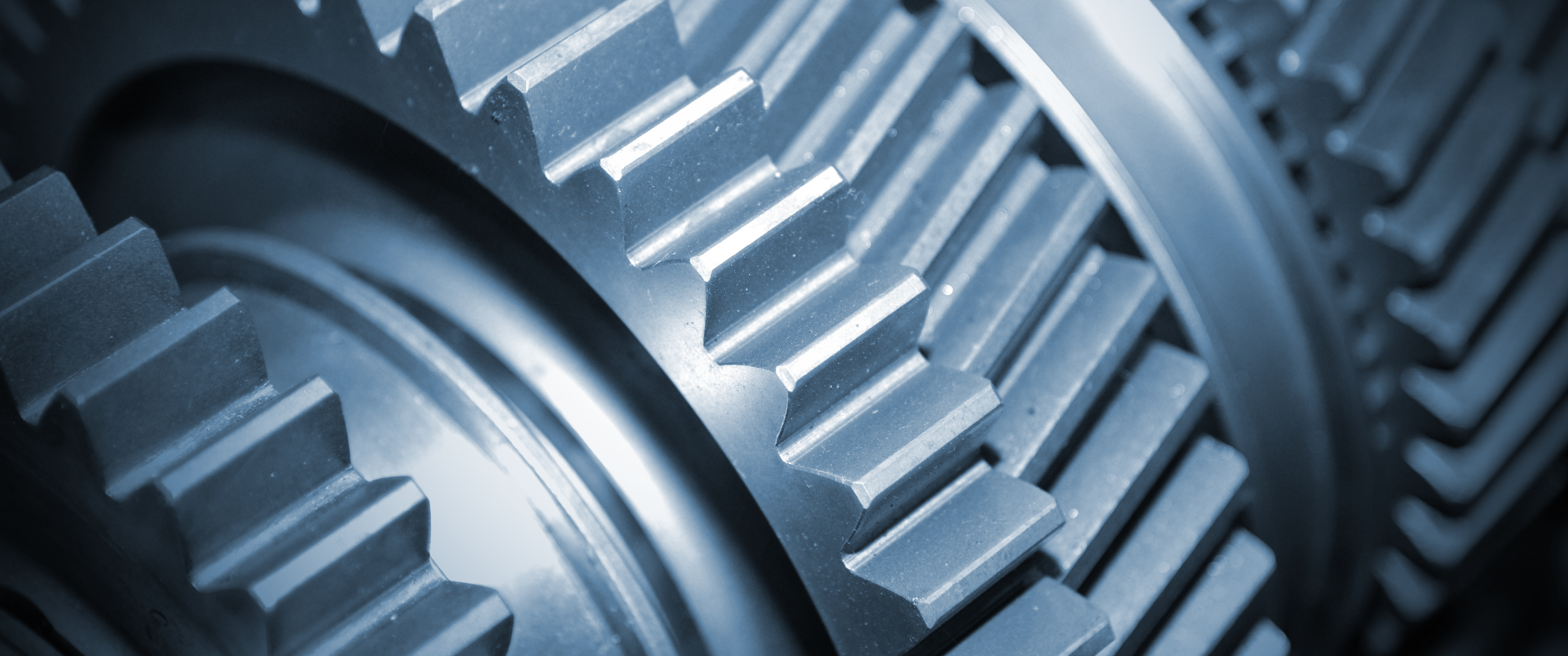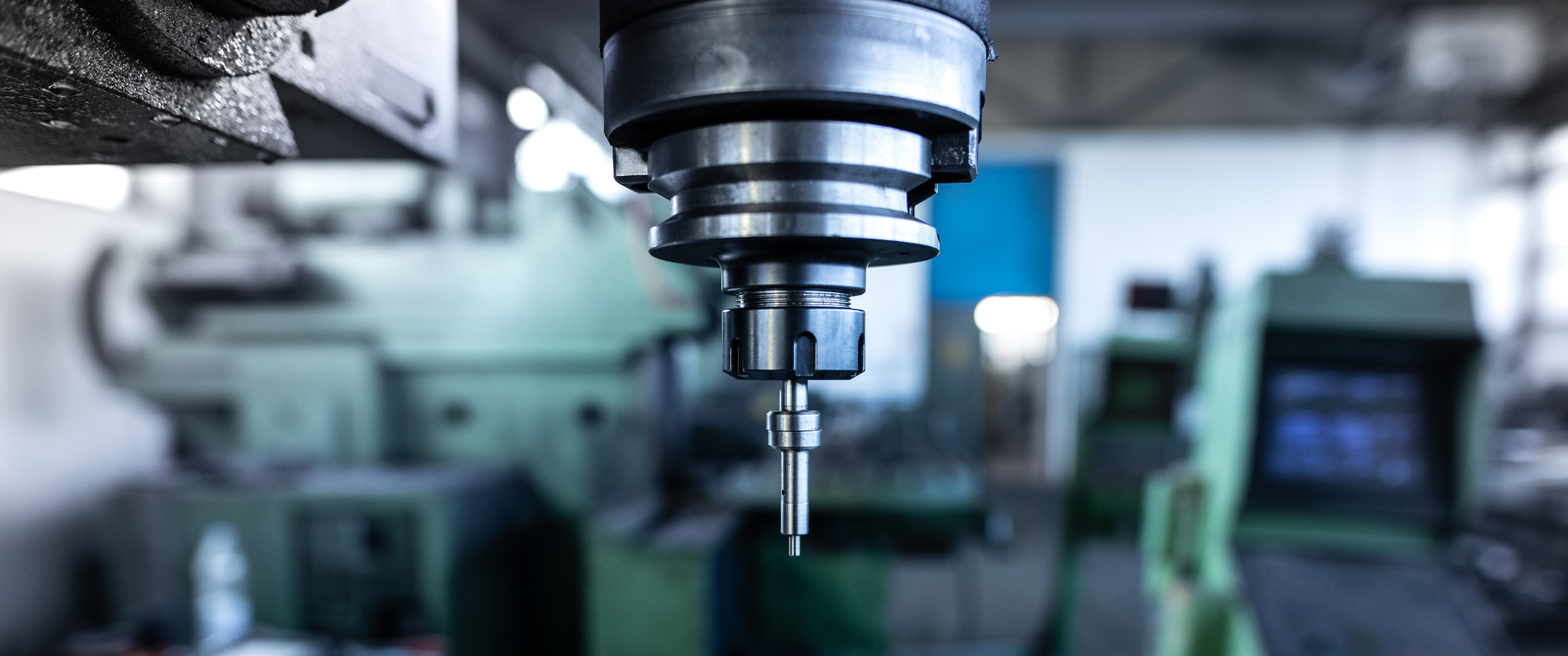
AI vision systems are transforming traditional quality control processes, enhancing efficiency, and paving the way for a new era of manufacturing.
Let’s explore how AI vision systems are redefining industrial automation and the ways they can be leveraged to achieve operational excellence.

Defect Detection using AI Vision Systems
One of the most significant advantages of AI vision systems in industrial automation is their ability to detect defects accurately and swiftly. Traditional manual inspection methods can be time-consuming and prone to human error.
AI vision systems, on the other hand, leverage advanced algorithms and machine learning techniques to analyze visual data with remarkable precision.
Automated Defect Classification Techniques
Not only can AI vision systems identify defects, but they can also classify them. By training AI models with vast amounts of data, these systems become adept at recognizing and categorizing various types of defects.
This automated defect classification saves time and enables manufacturers to take targeted corrective actions swiftly.
Improving Accuracy and Speed in Defect Analysis
With AI vision systems, manufacturers achieve unprecedented levels of accuracy and speed in defect analysis. These systems are capable of inspecting products at high speeds without compromising on precision.
By eliminating the limitations of human visual inspection, industrial vision systems reduce the risk of faulty products reaching the market.

AI Vision Systems for Product Tracking and Traceability
Maintaining product traceability is crucial in today’s manufacturing landscape, and AI vision systems play a vital role in achieving this.
By utilizing advanced image recognition and tracking algorithms, these systems enable manufacturers to track products throughout the production process.
Ensuring Compliance and Quality Assurance with AI Vision
Compliance with industry standards and regulations is a top priority for manufacturers. AI vision systems provide an invaluable tool for ensuring compliance and quality assurance.
These systems can be trained to identify non-compliant products, enabling manufacturers to take immediate corrective actions.
Enhancing Product Authentication and Anti-Counterfeiting Measures
Counterfeiting is a concern across industries, and its prevention or detection is one of the most common industry uses for artificial intelligence vision system.
These systems can identify unique product features, such as holograms or serial numbers, to authenticate products and detect counterfeit items.
Optimizing Workflow and Resource Allocation
AI vision systems contribute to operational excellence by optimizing workflow and resource allocation.
These systems free up valuable human resources, allowing them to focus on more complex activities.
Reducing Downtime and Production Interruptions
Unplanned downtime and production interruptions are costly for manufacturers. AI vision systems help by continuously monitoring the production line and identifying potential issues in real-time.
By providing early detection of anomalies, manufacturers proactively address problems and prevent unnecessary downtime.
Improving Overall Equipment Effectiveness (OEE)
Industrial vision systems play a vital role in improving Overall Equipment Effectiveness (OEE), a key metric in industrial automation.
By providing real-time insights into equipment performance and identifying potential bottlenecks, these systems enable manufacturers to enhance OEE.
Integration Considerations and Challenges
Integrating artificial intelligence vision systems into existing automation infrastructure requires careful planning. Factors such as compatibility, data integration, and system scalability need to be taken into account.
However, with proper implementation strategies, manufacturers can seamlessly integrate AI vision systems into their automation infrastructure.
Interfacing AI Vision with PLCs and SCADA Systems
To ensure smooth integration, AI vision systems must interface effectively with Programmable Logic Controllers (PLCs) and Supervisory Control and Data Acquisition (SCADA) systems.
This integration allows seamless data transfer between the AI vision system and the overall automation infrastructure, enabling real-time decision-making.
Integration Benefits and Return on Investment (ROI)
While integration challenges may exist, the benefits and return on investment (ROI) of integrating AI vision systems into existing automation infrastructure are significant. Improved AI quality control, enhanced efficiency, and reduced operational costs are just a few advantages that manufacturers can expect to reap.
The initial investment in AI vision systems is outweighed by the long-term benefits they bring to the table.
Here’s everything you need to know about how our AI machine vision software and hardware application works.

Training AI Models for Specific Applications
Training AI vision systems for specific applications is a crucial step in achieving accurate results.
By feeding the system with relevant data and utilizing machine learning algorithms, manufacturers can train AI models to recognize defects and anomalies specific to their products and processes.
Ensuring Accuracy and Consistency in AI Vision Systems
Maintaining accuracy and consistency in AI vision systems is vital to their effectiveness.
Regular calibration and validation processes are necessary to ensure that the system continues to perform at its peak.
Fine-tuning and Adaptability of AI Vision Systems
As manufacturing processes evolve and product requirements change, AI vision systems need to adapt accordingly. These systems can be fine-tuned to accommodate new defect types, adjust to variations in product specifications, or even adapt to new production lines.
The adaptability of AI vision systems makes them a valuable asset for manufacturers looking to stay ahead in a rapidly changing industry landscape.
Extracting Actionable Insights from Visual Data
AI vision systems generate a vast amount of visual data during the inspection process. Manufacturers can then extract actionable insights from this data.
These insights enable data-driven decision-making, allowing manufacturers to identify trends and optimize their processes for better outcomes.
Real-time Analytics and Predictive Analytics
Real-time analytics provided by artificial intelligence vision systems allow manufacturers to identify deviations as they occur. This immediate feedback loop enables timely intervention and proactive decision-making.
Moreover, AI vision systems can utilize predictive analytics algorithms to forecast potential quality issues based on historical data.
Enabling Continuous Process Improvement
AI vision systems contribute to continuous process improvement by providing manufacturers with valuable insights. This iterative approach to process improvement helps manufacturers achieve higher levels of efficiency over time.
Interested in learning more? Book a consultation with us and take your production process to the next level.
Scalable Deployment Architectures
AI vision systems offer scalability, allowing manufacturers to expand their implementation gradually.
Manufacturers can start with a small-scale deployment and then scale up as needed, either by adding more industrial vision systems or integrating them into additional production lines.
Adapting AI Vision Systems to Changing Needs
Manufacturing environments are dynamic, and AI vision systems need to adapt to changing needs.
Whether it’s accommodating new product variations or integrating with different automation technologies, AI vision systems can be configured and adjusted to meet evolving requirements.
Future-proofing Industrial Automation with AI Vision
At the forefront of technological advancements in industrial automation, AI vision systems have the potential to future-proof manufacturing processes.
As AI technologies continue to evolve, manufacturers can expect even more advanced capabilities from AI vision systems.
Data Security and Privacy Protection
As with any technology that handles sensitive data, security and privacy are paramount in AI vision systems. Manufacturers must implement robust security measures to protect the visual data captured by AI vision systems.
Encryption, access controls, and data anonymization techniques are essential to protecting sensitive information.
Ensuring Ethical Use of AI Vision Systems
Ethical considerations are vital when deploying artificial intelligence vision systems in industrial automation. Manufacturers must ensure that the use of AI vision systems aligns with ethical guidelines and industry regulations.
This includes avoiding bias in AI algorithms, maintaining transparency in data usage, and prioritizing human safety in collaborative applications.
Mitigating Risks and Safeguarding Sensitive Information
To mitigate risks and safeguard sensitive information, manufacturers should adopt best practices in data governance and risk management.
Regular audits, data encryption, secure storage protocols, and employee training on data handling are essential to protect the integrity of AI vision systems and the privacy of stakeholders involved.
Human-Robot Collaboration and Safety Measures
AI vision systems facilitate safe collaboration between humans and robots on the manufacturing floor.
They allow manufacturers to harness the strengths of both humans and robots, creating a harmonious work environment.
Augmented Reality (AR) and AI Vision Integration

The integration of AI vision systems with augmented reality (AR) technologies opens up new possibilities for industrial automation.
AR overlays visual data onto the real world, providing operators with real-time guidance and feedback.
Enhancing Collaboration between Humans and AI Vision Systems
Industrial vision systems act as intelligent assistants, collaborating with human operators to achieve optimal outcomes.
These systems can provide real-time insights, highlight critical areas of concern, and guide operators through inspection or maintenance processes.
Find out why businesses trust us for their AI quality control needs.
Gaining a Competitive Edge with AI Quality Control
In today’s competitive market, quality control is a differentiating factor for manufacturers. AI vision systems empower manufacturers to deliver products of superior quality consistently.
By leveraging the accuracy, speed, and reliability of these systems, manufacturers will gain a competitive edge in the market.
Improving Customer Satisfaction and Brand Reputation

The quality of products directly impacts customer satisfaction and brand reputation.
Consistently delivering high-quality products builds trust, fosters customer loyalty, and enhances brand reputation.
Increasing Efficiency and Cost Savings with AI Vision Systems
Efficiency and cost savings are critical factors in manufacturing operations. Artificial intelligence vision systems enable manufacturers to identify defects early, streamline processes, and optimize resource allocation.
Minimizing rework, reducing production interruptions, and improving overall equipment effectiveness (OEE) means manufacturers will achieve significant cost savings and operational efficiency gains.

Furthermore, AI vision systems have redefined industrial automation, revolutionizing traditional quality control processes and enhancing operational efficiency. From defect detection to product traceability, these systems offer benefits for manufacturers.
At Flexible Vision, our executive team comes from 20+ years in the automation and vision world and has experienced the challenges of traditional vision systems on production lines. With an understanding of the industry’s needs, we’re here to help you make quality control a breeze.
Schedule a live demo with us to learn more.
AI vision systems enhance quality control by:
Yes, AI vision systems can be seamlessly integrated into existing automation infrastructure, interfacing with PLCs and SCADA systems, providing compatibility, and delivering a significant return on investment.
By leveraging AI vision systems, manufacturers can achieve improved product traceability, enhanced operational efficiency, increased cost savings, and gain a competitive edge.